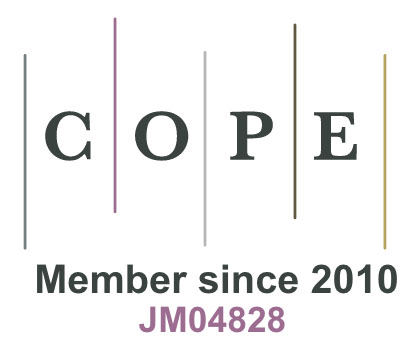Database Integrity
The first ANS featured article in the newly released Volume 44:2 is titled “Integrity of Databases for Literature Searches in Nursing Avoiding Predatory Journals” authored by Marilyn H. Oermann, PhD, RN, ANEF, FAAN; Jordan Wrigley, MA, MSLS; Leslie H. Nicoll, PhD, MBA, RN, FAAN; Leila S. Ledbetter, MLIS, AHIP; Heather Carter-Templeton, PhD, RN-BC, FAAN; and Alison H. Edie, DNP, APRN, FNP-BC. The article is published open access, which means it is available at no cost from the date of publication going forward. Here is an informative explanation of this article by co-author and librarian Jordan Wrigley – followed by the transcript of her video.
Jordan’s narrative for the ANS Blog
Librarians and information professionals are valuable collaborators in data-based research where intimate understanding of the “behind the scenes” aspects of digital systems and human-information interaction are needed. This may include bibliometrics, metadata, meta-analyses, text mining, and content analysis among others. Librarians are also experts in understanding information-seeking behaviors and often facilitate research literacies including efficient literature searching and evaluation.
This project combined several of these aspects in the context of nursing publication. The goal of this project was to identify to what extent articles originating from potentially predatory and low-quality journals were penetrating databases commonly searched by nursing scholars and students. To achieve this, novel data collection strategies were required to create an original dataset. This included use of unique searching syntax across multiple databases and triangulation with authoritative sources to confirm data validation.
To create the dataset that would be the basis of this manuscript, I created a search algorithm based on journal metadata, such as International Standard Serial Number or ISSN, in one database. Then I translated it to the syntax of other databases. However, because low-quality journals do not consistently participate in processes such as ISSN registration, this dataset also required merging ISSN data with other metadata including journal titles, dates of publication, and publisher. Automated digital processes in databases are also imperfect, sometimes allowing low-quality articles to slip in through non-typical means such as being referenced in valid studies. This also needed to be accounted for in the dataset. The final dataset for this article allowed the team to make informed recommendations for nursing teaching faculty when facilitating research literacies as well as clinicians and researchers when considering where to search for literature.
Data- and digitally-intensive research is often more nuanced and complicated than it first seems. There is an endless amount of data to be used to inform research and teaching practices in nursing as well as other fields. Librarians and information professionals have intimate knowledge of the “behind the scenes” of data and human-information interaction. Please consider engaging a librarian or information professional as a collaborator in a research project to identify the potential unexplored areas of data-based research. Thank you for watching or listening to this video and, to learn more about our team’s findings based on this dataset, have a read of our “Integrity of Databases for Literature Searches in Nursing: Avoiding Predatory Journals” in Advances in Nursing Science.













 to their constituents as PDF files, replacing the old, large, and very popular “copy machine” room housed in their physical spaces. A natural extension of this is the use of material “published” on the web as a resource not unlike that accessed through an academic library.
to their constituents as PDF files, replacing the old, large, and very popular “copy machine” room housed in their physical spaces. A natural extension of this is the use of material “published” on the web as a resource not unlike that accessed through an academic library. Editorial in ANS Vol 22, No 2, I published a version of this handout. With permission of our publisher, I am presenting this once again here, along with yet another pair of “C’s”!
Editorial in ANS Vol 22, No 2, I published a version of this handout. With permission of our publisher, I am presenting this once again here, along with yet another pair of “C’s”!



